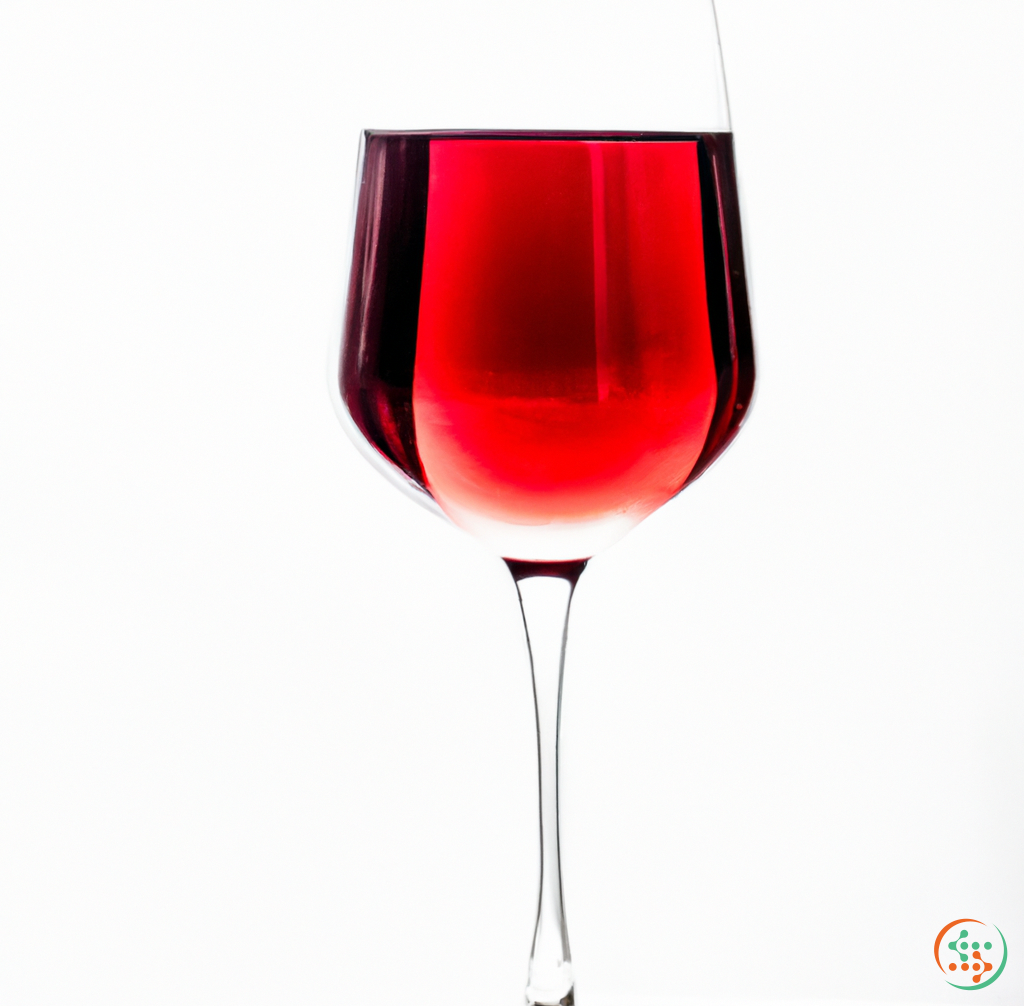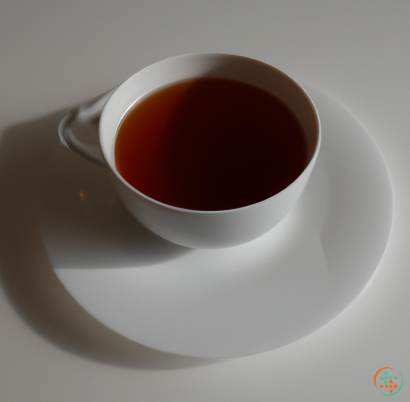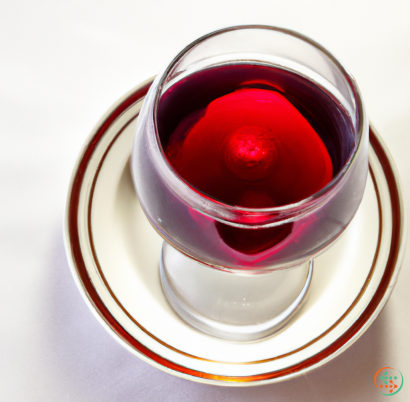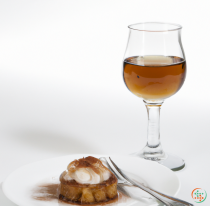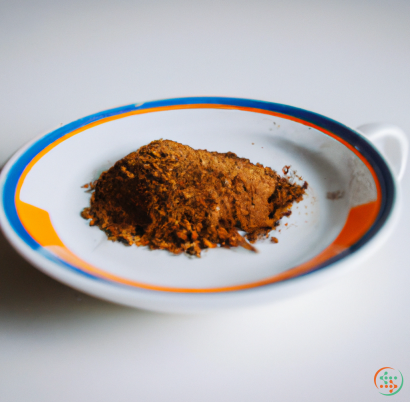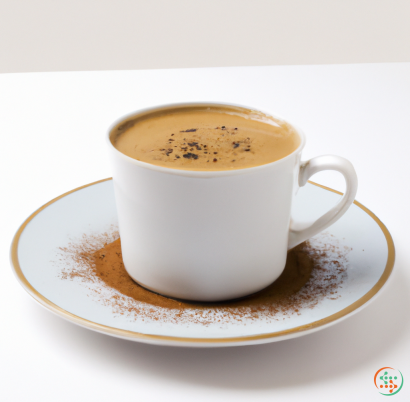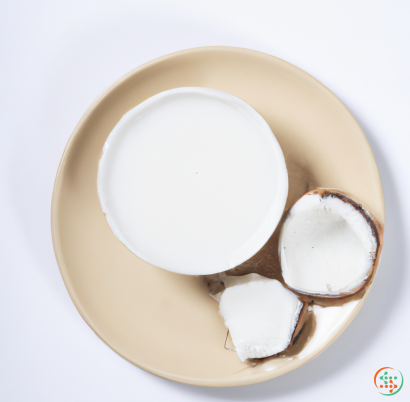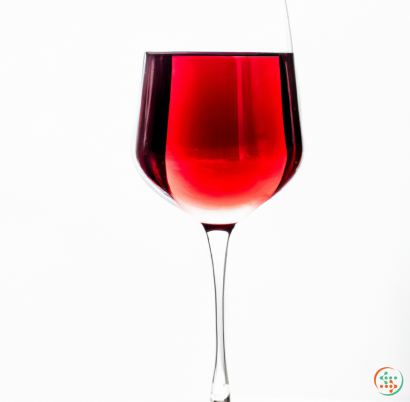Table Wine
Table wine has been widely popular for generations. It’s one of the most common wines you find popping up at dinner tables, dinner party conversations and even just a casual wine night at home with friends. But what exactly is table wine? How does it differ from other kinds of wine? And what makes it such a popular choice for drinkers?
Table wine is a mix of different grape varieties, created with the aim of combining grape flavors and creating a unique flavor that’s enjoyable and enjoyable to most drinkers. It’s a more general word than a specific type of wine; it doesn’t necessarily have a defining characteristic that makes it special, but it’s the most accessible and popular form of wine.
Table wines can be red, white or rosé. Red table wines are made form red grapes and can vary in flavor and intensity, depending on the grape variety used and the climate that the grapes are grown in. Red wines typically have a fruity or spicy flavor.
White table wines, as the name suggests, are generally made from white grapes. It can range from light and tart to full-bodied with a higher alcohol content. White wines are known for their crisp and refreshing flavors, and can be paired well with food.
Rosé table wines are the newest addition to the table wines family, but this pinkish drink is quickly becoming a favorite. Rosé wines are typically made from a blend of red and white grapes and can be sweeter than other kinds of table wine.
Table wines come in a wide range of styles, such as dry, off-dry, semi-sweet/semi-dry, and sweet. Dry table wines are less sweet than other wine types, whereas semi-sweet/semi-dry wines are more balanced in terms of sweetness and body. Sweet wines, as the name implies, have a more noticeably sweet taste than other types of table wines.
When picking a table wine, it’s important to consider the level of dryness, sweetness, body and tannins in the wine, as each of these can affect the flavor of the wine. The sugar content of the wine is also an important factor; too much sugar can make the wine overly sweet, while not enough sugar can lead to a flat flavor.
Finally, it’s important to consider the type of grapes used to make the wine, as this will affect the flavor and texture of the wine. Different grapes have different flavor profiles, so it’s best to get to know the different kinds of grapes and their flavors before committing to a bottle of table wine.
Table wine, due to its affordability and wide range of styles, is one of the most popular types of wine. Whether you’re looking for a light and refreshing white to enjoy on a hot summer day or a full-bodied red to go with your meal, table wines can offer something for everyone. With a little research and some experimenting, it’s easy to find the perfect table wine to suit your taste.
The process of creating a bottle of table wine is a complicated one that requires knowledge, work and precision. Between the careful selection of vines and grape varieties, the fermentation process, the aging and blending of the wines, and the bottling and packaging, it can take a painstaking effort to turn grapes into something that can be enjoyed as a table wine. Once the table wine has been crafted and made its way onto a shelf, the journey isn’t quite finished yet. Journey from the winery to the dinner plate involves one final step: delivery.
Table Wines: The Product of Expertise
Some wines are created casually, intended only for friends and family to enjoy. But table wines, those bottles that are meant to be consumed and shared with others, take a tremendous amount of care and expertise to bring them to life.
The process of crafting a bottle of table wine begins in the vineyard, and with the selection of the right grape variety. In hotter climates, like California’s Napa Valley or South Africa’s Constantia, growers may opt for heat-loving varieties, such as Cabernet Sauvignon or Syrah. In cooler climates, winemakers may choose varieties like Pinot Noir and Riesling that thrive in those areas.
Next is the key process of harvesting and fermenting the grapes. The harvesting process must be done carefully and precisely, taking into account the particular vineyard’s location, soil, temperature and the ripeness and flavor of the grapes. Once harvested, the winemaker must determine the ideal temperature for fermenting the grapes. Too hot, and the flavor of the wine will overpower; too cold, and the fermentation won’t be effective.
After fermentation, the wine must be aged. Different wines require different aging, from short aging to long aging in oak barrels. This is an important step, as it gives the wine complexity and flavors that wouldn’t be possible without it, such as the aroma of sweet fruit, dark chocolate and vanilla.
Another crucial step is blending. After the individual components of the wine have been aged, they’re blended together to create the desired flavors and nuances. The end result is a well-rounded, complex bottle of table wine.
The table wine then must be bottled and packaged. This is the point when labels, which will provide information about the wine’s region and year of production, are added.
From Winery to Dinner Plate
After the extensive process of crafting a bottle of table wine is finished, it still must find its way from the winery to shops and individuals. Although the wineries may be close to the major cities, their products may not always be easily accessible due to local laws and cultural customs.
Each country generally has its own regulations on how alcohol can be transported and sold. In the United States, for example, table wine can be sold in brick-and-mortar stores, online and through direct shipment. In the United Kingdom, alcoholic beverages only can be sold through licensed shops, or “off licenses.”
In some countries, the government or a third party may be involved in the distribution chain. In the state of Victoria in Australia, table wine can be sold through privately owned shops (known as "bottle shops"), but only after buying a liquor license from the Victorian Commission for Gambling and Liquor Regulation.
Once a customer has purchased the bottle of table wine from a shop, the next step is getting it delivered to the person’s home. Depending on where the customer lives and the store's delivery policy, the wine may be shipped via postal service or a commercial cargo carrier. In some cases, stores also may offer in-store pick-up or delivery.
The Journey to the Dinner Plate
Once the table wine has arrived at its destination, it’s ready to be served at the dinner table. Before it reaches the plate, however, the bottle must be opened. Depending on the type of wine and the occasion, this may involve just a simple twist of the cork or a more involved decanting process (if the wine is aged and has sediment).
When it’s time to pour a glass, the choice of stemware is important; different types of stemware create different drinking experiences for different types of wines. For white wines, for example, a narrow bowl is ideal for preserving the cold temperatures; for red wines, a larger, open bowl allows more contact with the air, allowing the aromas to be released.
Finally, the bottle of table wine—now in the glass—is ready to be enjoyed. For those who have gone through the entire process, from grape to glass, the appreciation for the complex process that went into creating the bottle of table wine is undeniable. What began in the vineyard ends up on the dinner plate, and the journey is just another testament to the sheer beauty of crafting a bottle of exquisite table wine.
| Vitamin B1 | 0.01 mg | |
| Vitamin B2 | 0.02 mg | |
| Vitamin B3 | 0.17 mg | |
| Vitamin B4 | 0.005 grams | |
| Vitamin B5 | 0.04 mg | |
| Vitamin B6 | 0.05 mg | |
| Vitamin B9 | 0.001 mg |
| Calcium | 0.008 grams |
Daily Value 1.3 g
|
| Iron | 0.37 mg |
Daily Value 0.018 g
|
| Magnesium | 0.011 grams |
Daily Value 0.4 g
|
| Phosphorus | 0.02 grams |
Daily Value 1.25 g
|
| Potassium | 0.099 grams |
Daily Value 4.7 g
|
| Sodium | 0.005 grams |
Daily Value 2.3 g
|
| Zinc | 0.13 mg |
Daily Value 0.011 g
|
| Copper | 0.01 mg |
Daily Value 0.9 mg
|
| Manganese | 0.12 mg |
Daily Value 0.0023 g
|
| Selenium | 0.2 ug |
Daily Value 0.055 mg
|
| Fluoride | 0.1533 mg |
Daily Value 0.004 mg
|
| Total Sugars | 0.8 grams |
per 100g
|
